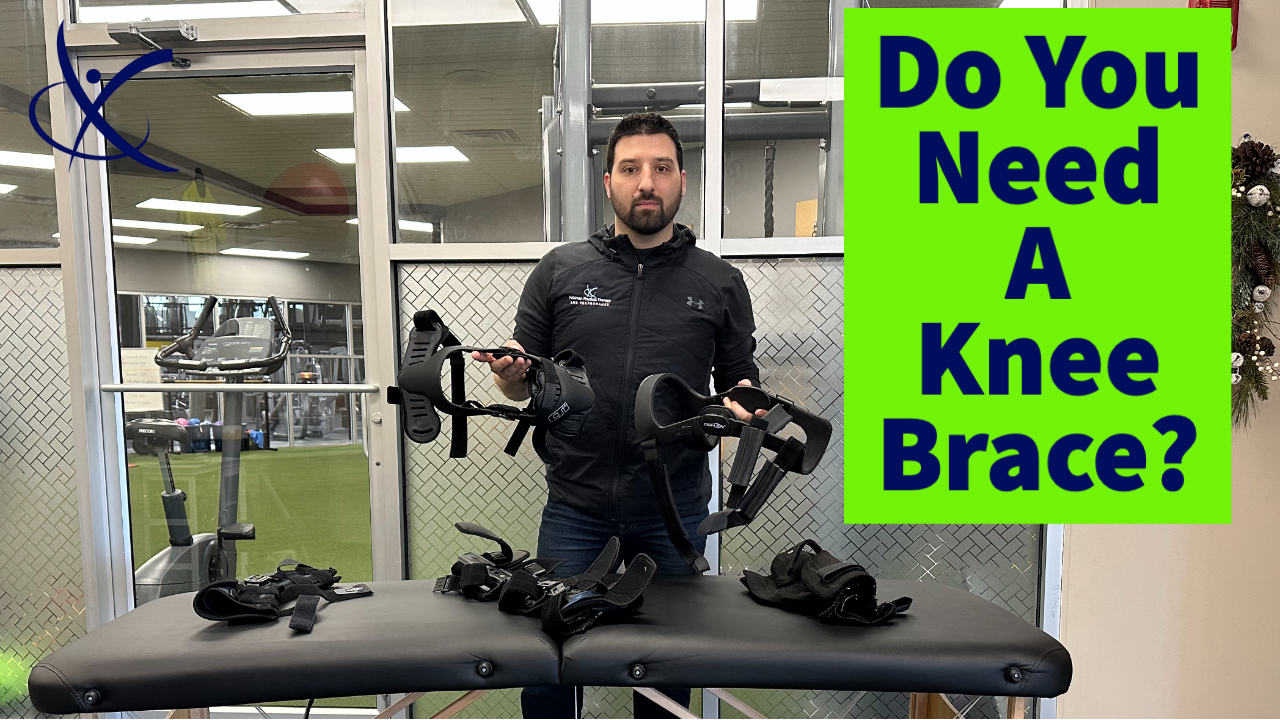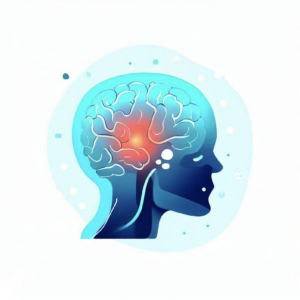
Do I Need a Knee Brace?
March 12, 2023
Wear This, Not That: An Honest Look at Wearable Tech
May 20, 2023Why Do I Hurt?
This week’s blog post comes from Justin’s current PT student Hunter, from Eastern Washington State University. Unbelievably he has been with Justin for the last 11 weeks, and this coming week will be his last week! As you read below make sure to check out his personal blog at https://www.highlyadaptable.com/ .
 Pain is rather complicated.
Pain is rather complicated.
You step on a Lego, and your foot begins to hurt… That makes sense.
You scrape your knee while doing yard work, but it doesn’t really hurt. Then you look a minute later and see blood running down your leg, and suddenly it starts to hurt A LOT… Kind of weird.
About 80% of amputees experience pain in the limb that no longer exists… Wait, what?
Let’s talk about how pain (usually) works.
There are 3 main steps when a home’s security system goes off- the sensor is tripped, the signal is transmitted, and the control panel sounds the alarm. Our body works in a similar way.
Sensors. An alarm system may have door sensors, motion sensors, glass break sensors, and smoke detectors. Our body has sensors too, including some that sense temperature, chemicals, stretching, vibration, light, smell, and touch. When any of those sensors are tripped (activated) they send a signal.
Signal transmission. An alarm system may send signals with or without wires. Our body sends electrical signals through our nerves from the tripped sensor up to the brain.
Interpretation and action. When the control panel receives a signal that a sensor has been tripped, it interprets the signal, starts the blaring alarm, calls the monitoring center, sends a notification to your phone, and waits to be turned off. When your brain gets a signal from a sensor, it deciphers the signal and decides whether to sound the pain alarm. It considers the type of signal, the strength of the signal, and if other signals agree with that signal. If the brain interprets those signals and decides there is a threat of damage to your body, it sounds the alarm and we feel pain.
You step on a lego. The “sharp object” sensors in your foot are activated. An electrical signal is sent through a nerve up your leg, into your spinal cord, and up to your brain. Your brain takes note of the signal, determines that the situation could cause damage to your foot, and interprets the situation as painful. Simple enough.
But things can quickly become very complicated. Pain doesn’t always mean our bodies are damaged, it just means your brain perceives there is the potential for, or the threat of damage. Our brain is usually right, but not always. We can experience pain without damage, and our bodies can be damaged without experiencing pain. Our sensors can be activated inappropriately, signal transmission through our nerves can get wacky, and our brain can misinterpret things.
After our brain determines that something is painful, measures are taken to avoid further damage. The alarm system in the painful area goes on high alert. The alarm requires less to be activated. Imagine a motion sensor that is designed to activate with the movement of an intruder, but now activates with the movement of a fly on the wall. When there is serious damage, this is a great reaction, as it helps us to avoid things that might make the damage worse. But sometimes the pain system goes on high alert without actual damage, and sometimes it stays on high alert long after the damage has healed.
Our bodies have lots of nerves- like 45 miles of them. And sometimes our brains can’t tell exactly where a signal is coming from. When our heart is hurting, like during a heart attack, where do we feel it? Usually the left chest, sometimes the left shoulder and arm, and occasionally the jaw (many people have heart attacks without chest pain at all, but have symptoms like feeling anxious, tired, and weak). Tissue damage in your low back can be interpreted as pain in your hip. Tissue damage in your neck can be interpreted as pain in your shoulder.
Complicated right?
We don’t have all the answers about how pain works. But scientists have identified several things that change how we experience pain.
What can increase pain?
Beliefs- Like “my back doesn’t feel right, something must be seriously wrong.”
Fears- Like “this knee pain is going to ruin my vacation.”
Cortisol- A hormone released when your body is stressed (both with acute stress, and chronic stress)
Depression, anxiety, other hormones, previous experiences with pain, social pressures, food you eat…
What can decrease pain?
Understanding what causes pain- This is your intro!
Cognitive behavioral therapy- With help from a mental health professional.
Movement- Physical therapy is amazing (I might be biased here), or choose one of the many safe forms of exercise.
Stress reduction- Deep breathing, meditation, adequate sleep.
Rapid fire FAQ:
Can tissue (bone, ligament, tendon, muscle…) damage cause pain? Absolutely.
Does more pain mean more tissue damage? Not necessarily.
Can we experience pain without tissue damage? Yep.
Are you saying that pain is in my head? Yep, without a brain you wouldn’t have pain.
Are you saying that my pain might not be real, and it’s just in my head? No way. All pain is real. Pain might not be related to (or proportional to) tissue damage, but it can still be excruciating, and it is most definitely a real experience.
Do we know what’s going on in complex pain issues like fibromyalgia, complex regional pain syndrome, or myofascial pain syndrome? Nope, we know something funky is going on somewhere in the alarm system, but we don’t know what.
What am I supposed to do with this information? Be informed! Understand how pain works. Remember that pain is complicated. Know that you have the ability to impact your pain.
Questions about pain, or want to know more? Please reach out.
Don’t forget to follow Hunter’s journey here – www.highlyadaptable.com





